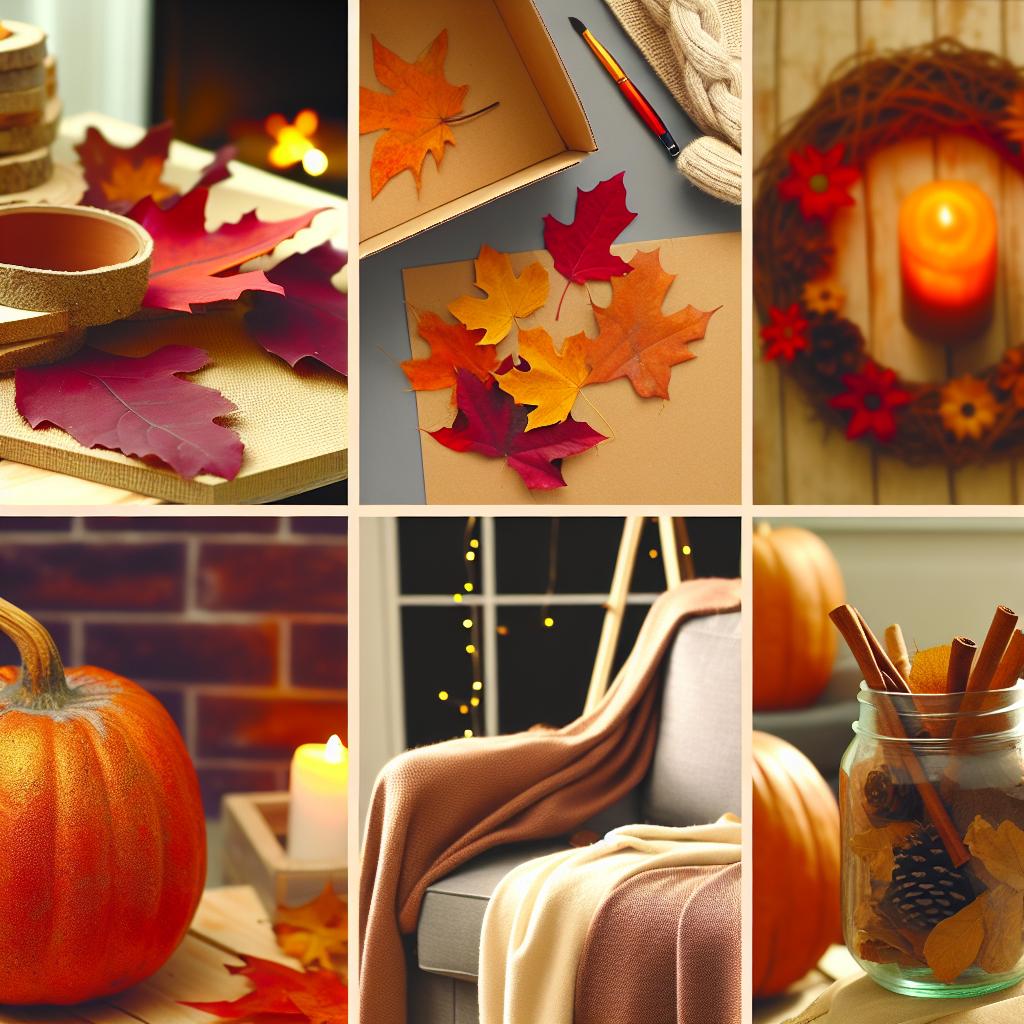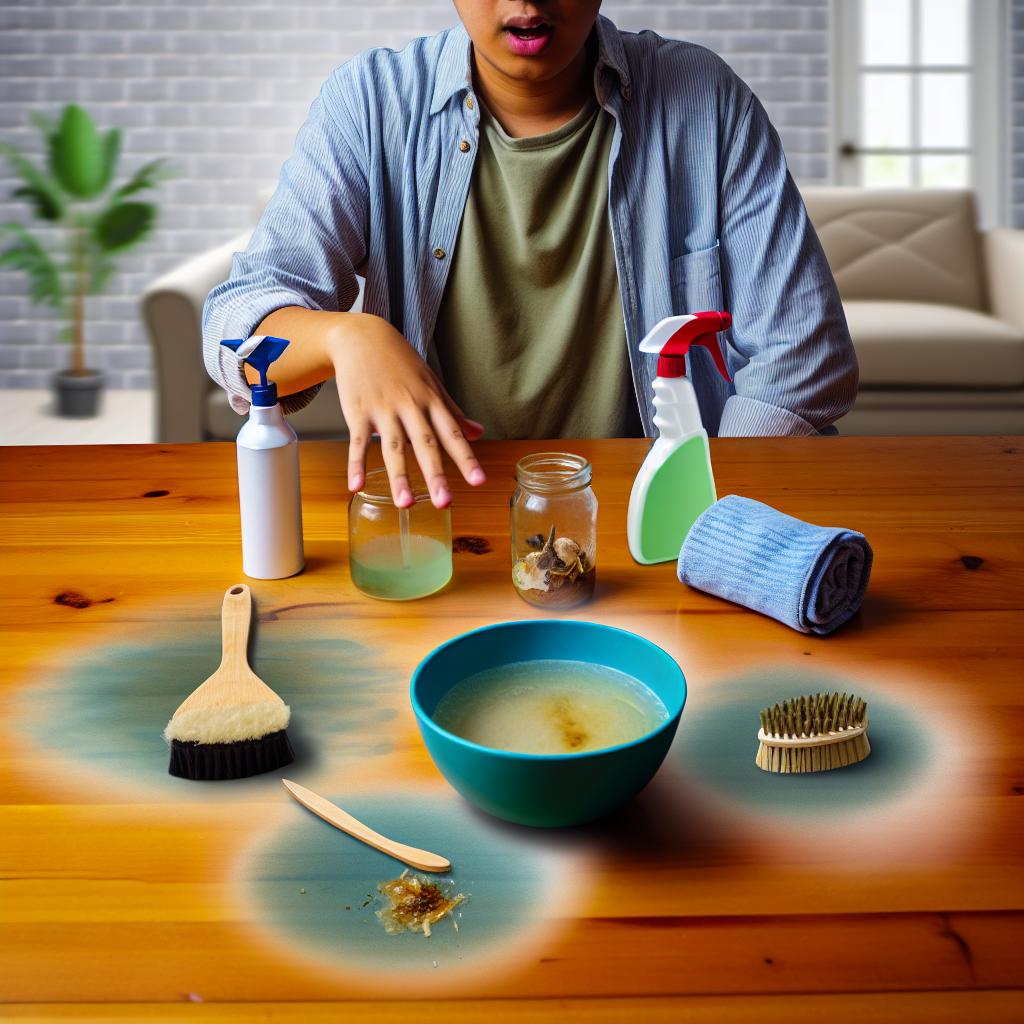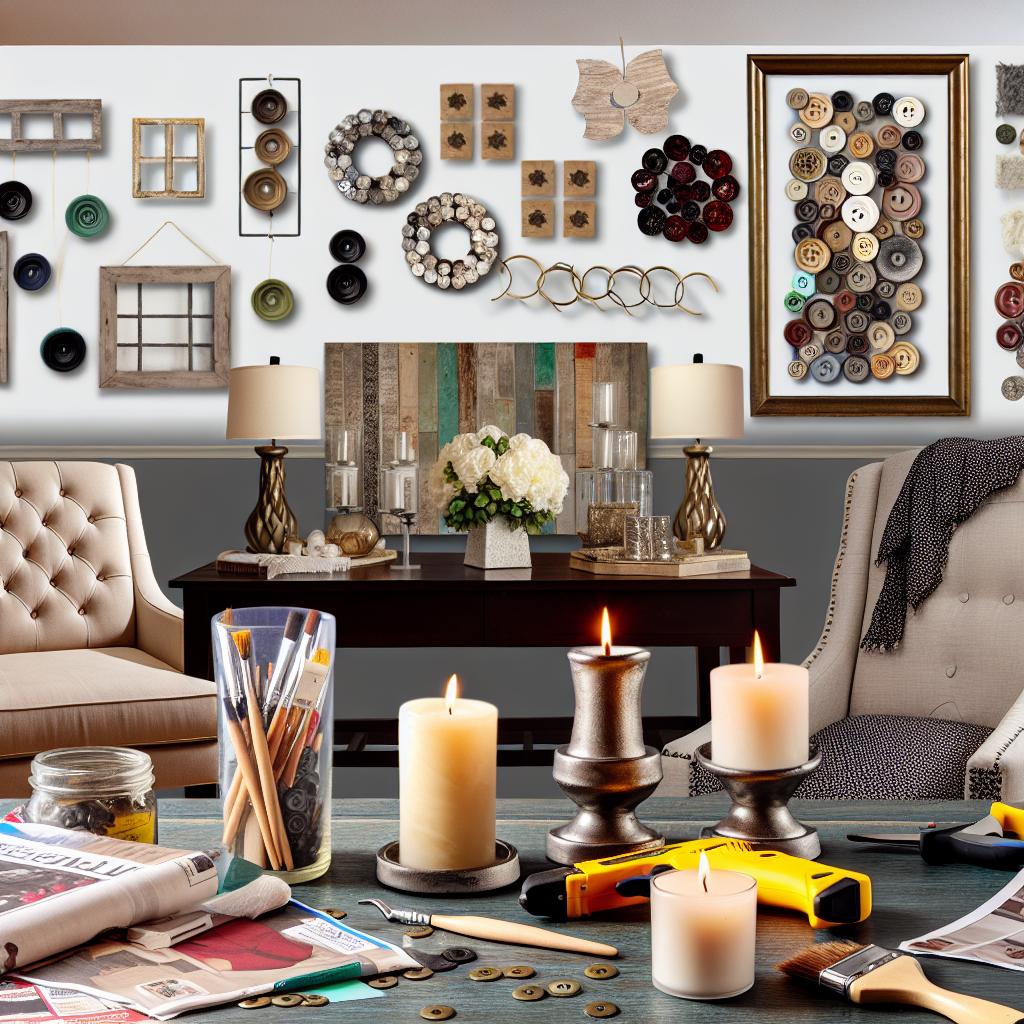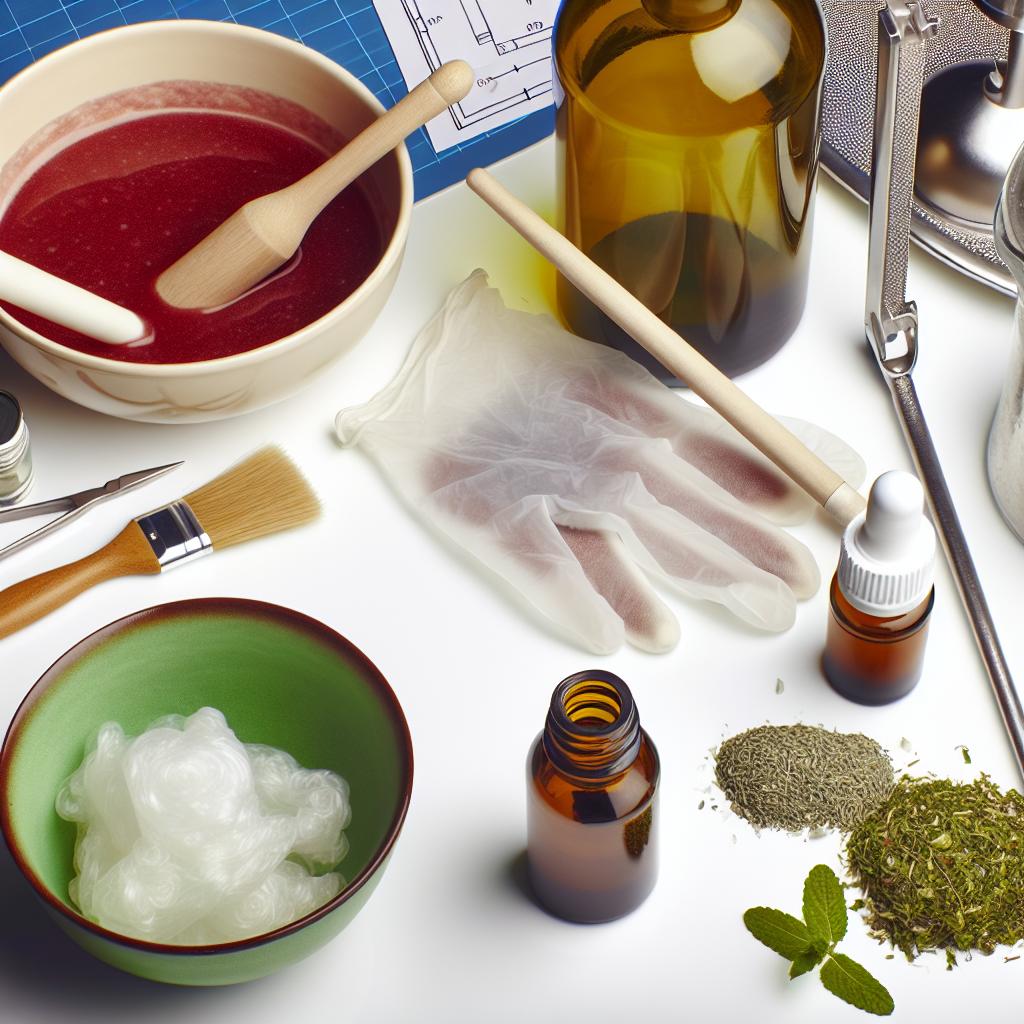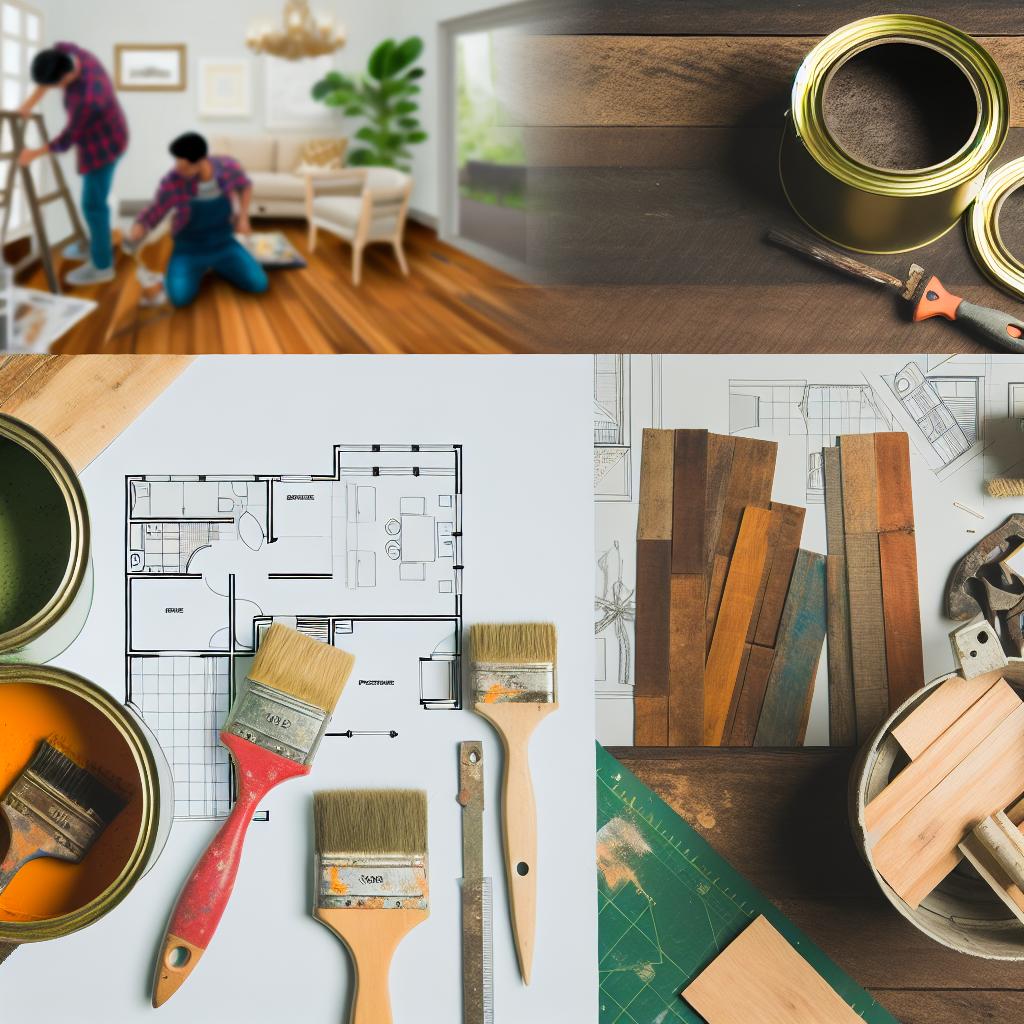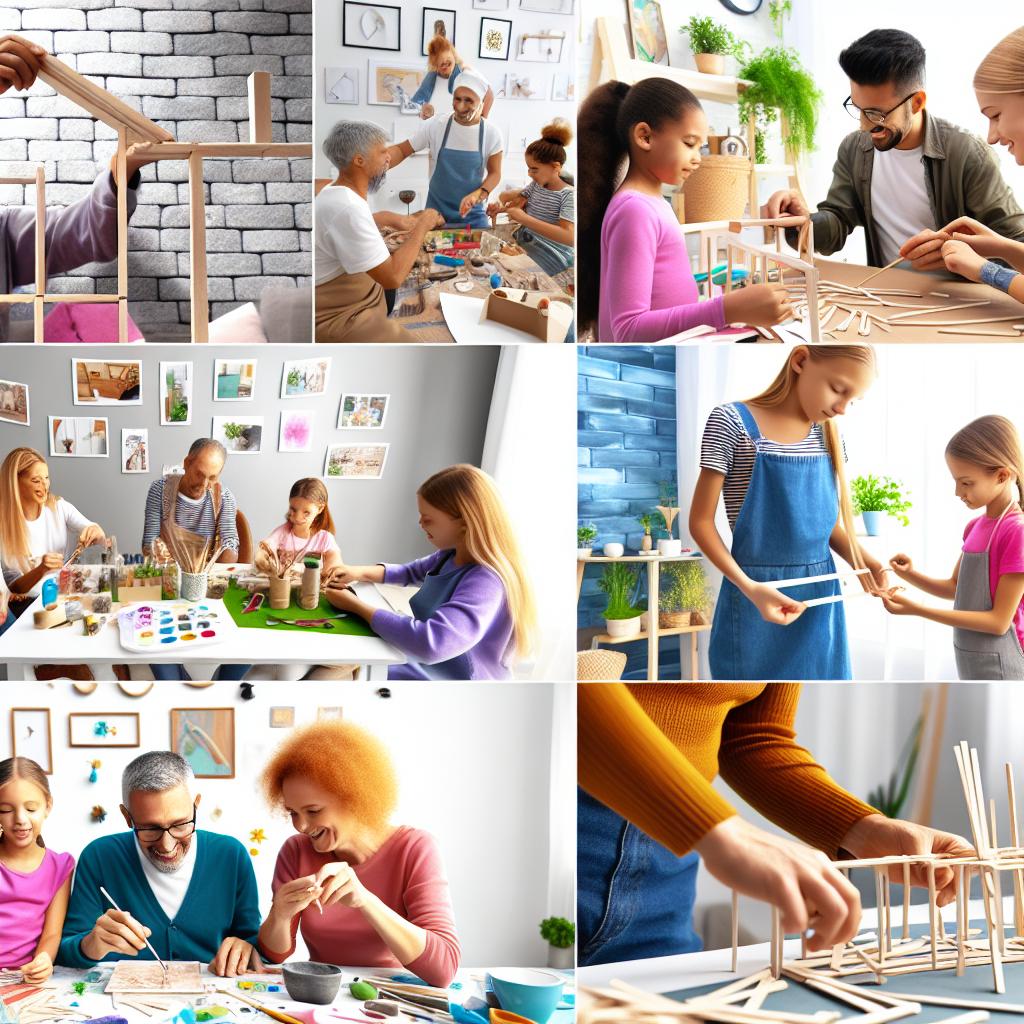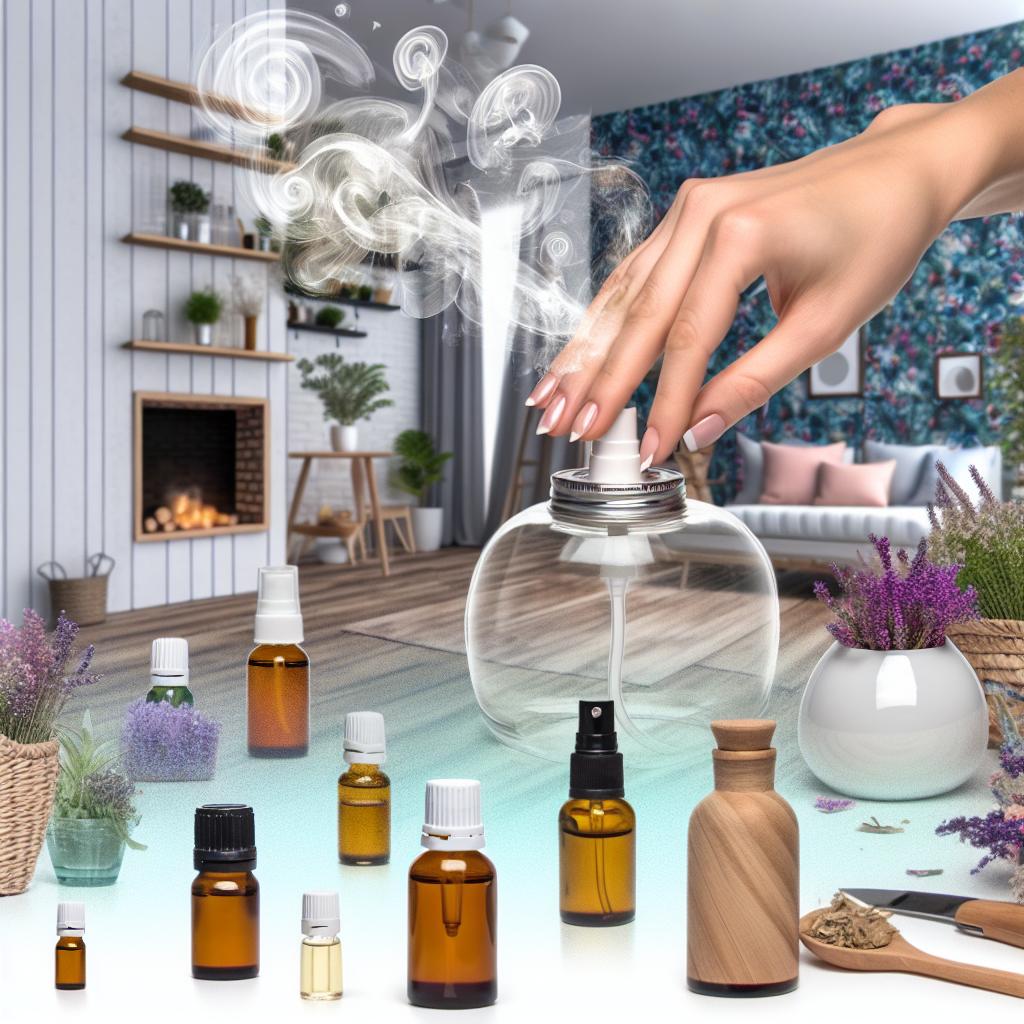How to Make Homemade Slime for Kids
Introduction DIY projects are a fun way to engage kids in hands-on, creative activities. One popular and incredibly fun project is making homemade slime. This squishy, stretchy, and gooey substance is perfect for sensory play and is surprisingly easy to make at home. In this guide, we’ll walk you through how to make easy homemade slime that your kids will love. From gathering the materials to step-by-step instructions, safety tips, and mess control, we’ve got you covered. Plus, we’ll share some fun variations to customize your slime and make the experience even more enjoyable. Materials Before diving into the process, you’ll need to gather some essential materials. Here’s what you’ll need for the basic slime recipe: White school glue (e.g., Elmer’s Glue) Baking soda Contact lens solution (must contain boric acid and sodium borate) Food coloring (optional) Glitter, beads, or sequins (optional) Mixing bowl Mixing spoon or spatula Measuring spoons Step-by-Step Instructions Making slime is straightforward and can be done in just a few steps. Follow these instructions for an easy homemade slime: Step 1: Pour the Glue Start by pouring 1 cup of white school glue into a mixing bowl. If you’re making a larger batch, you can adjust the quantities accordingly. Step 2: Add Baking Soda Next, add 1 teaspoon of baking soda to the glue. This will help to thicken the mixture and is a crucial part of the chemical reaction that creates the slime. Step 3: Mix Well Stir the baking soda and glue mixture until they are well combined. This is also the time to add food coloring if you want colored slime. A few drops should be enough, but you can add more for a more vibrant color. Step 4: Add Contact Lens Solution Add 1 tablespoon of contact lens solution to the mixture. Stir well. You’ll notice the mixture starting to form and pull away from the sides of the bowl. If the slime is still too sticky, add more contact lens solution in small increments until it reaches the desired consistency. Step 5: Knead the Slime Take the slime out of the bowl and knead it with your hands. This will help to further combine the ingredients and improve the texture. If the slime is still too sticky, you can add a few more drops of contact lens solution and continue to knead. Safety Tips While making slime is generally safe, it’s essential to follow some safety guidelines to ensure a fun and worry-free experience: Always supervise children during the slime-making process. Make sure kids wash their hands before and after playing with slime. Avoid ingesting any of the slime ingredients. If your child has sensitive skin, consider using gloves during the kneading process. Store slime in an airtight container to prevent it from drying out. Fun Variations Once you have mastered the basic slime recipe, you can experiment with different variations to make it even more fun. Here are some ideas: Glow-in-the-Dark Slime To make glow-in-the-dark slime, add glow-in-the-dark paint or powder to the basic slime recipe. Mix it thoroughly and allow the slime to absorb light before playing with it in the dark. Fluffy Slime Fluffy slime has a lighter, airier texture. To make it, simply add shaving cream to the glue and baking soda mixture before adding the contact lens solution. The more shaving cream you add, the fluffier the slime will be. Galaxy Slime Create a cosmic experience with galaxy slime. Divide the basic slime mixture into several bowls and add different colors of food coloring to each. Swirl the colors together to create a galaxy effect. You can also add glitter for extra sparkle. Edible Slime If you’re concerned about young children putting slime in their mouths, try making an edible version. One simple recipe involves mixing marshmallow fluff, cornstarch, and a bit of cooking oil. While it may not have the same stretchy properties as regular slime, it is safe for little ones to taste. Mess Control Tips Making slime can be messy, but with a few simple tips, you can keep the mess under control: Cover your workspace with a plastic tablecloth or newspaper before starting. Keep a wet cloth or baby wipes handy for quick clean-up. Use a large mixing bowl to minimize spills. Store slime in a plastic container to avoid it sticking to surfaces. Conclusion Making easy homemade slime is a fantastic DIY project for kids. It’s not only fun but also provides a hands-on learning experience. By following these step-by-step instructions, safety tips, and mess control strategies, you can ensure a smooth and enjoyable slime-making session. Don’t forget to explore the various fun variations to keep things interesting. For more exciting DIY projects, check out our articles on DIY fall decor ideas, homemade Goo Gone, and fun projects to do at home with family.

